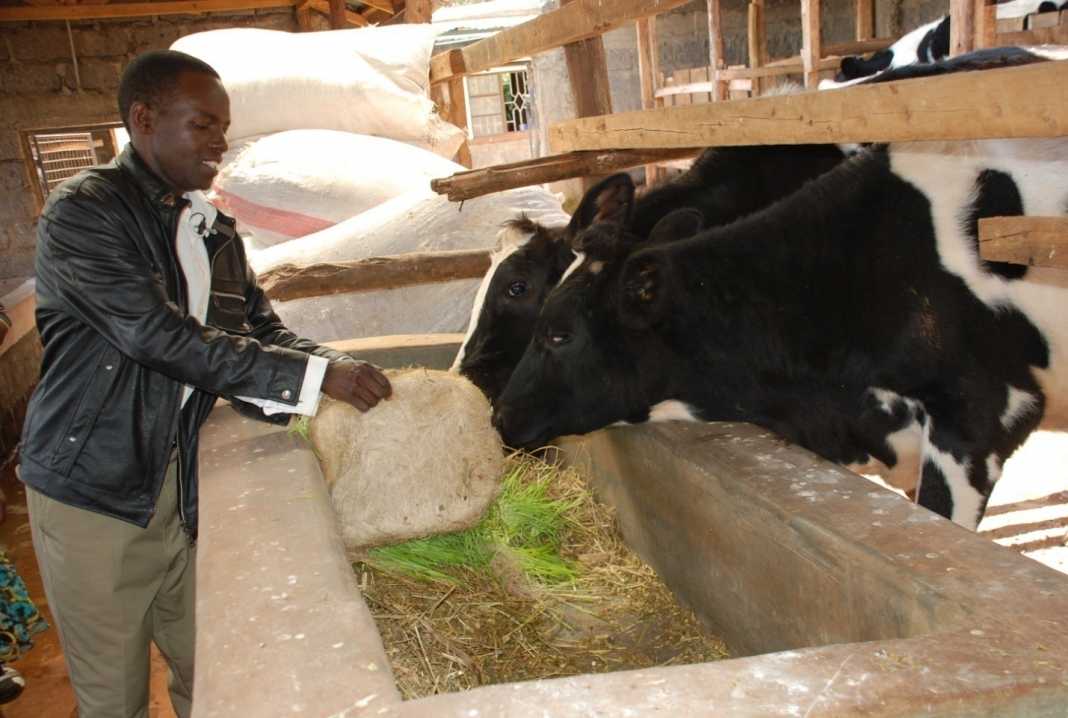If your cow is lactating, the ideal time for serving a cow is 60 to 90 days post calving. At this stage, the cow is at its peak to maximize milk production. Maximising milk yield by meeting the cow’s nutrient requirements is the aim of a feeding programme.
The nutrient requirements will largely depend on the amount of milk produced, which in turn depends on the stage of lactation — the period from calving. Other factors affecting nutrient requirements are pregnancy and maintenance.
The amount required for maintenance is largely affected by the cow’s weight, environmental temperature and activity.
To maximize milk production, milk production follows a curve (lactation curve), hence the amount of nutrients required will depend on the point on the curve.
During the dry period, the aim should be to feed a diet that provides for the fast-growing foetus, deposition of energy reserve and regeneration of the mammary gland and maintain a good Body Condition Score as discussed below.
Feeding requirements will be discussed in three phases. The first one starts from calving to milk production at 70 days. The second phase is between 70 to 140 days after calving. The main aim of feeding the cow at this point is to maintain its peak production(maximize milk production) as long as possible.
The third phase is between mid and late lactation, that is, 140 to 305 days after calving. It is the easiest period to manage in a dairy cow’s cycle. The cow should be offered a balanced ration that meets the nutrient requirements. These nutrients include energy, proteins, fibre, vitamin and minerals.
GOOD CONDITION
Care should be taken to have the cow end up with a good Body Condition Score. Condition Scores are normally on a scale of one to five with one being too thin and five too fat. Cows prior to calving should be in good condition, that is at score three.
Overweight cows (over-conditioned) have been known to be more susceptible to metabolic problems (ketosis) and to both infectious (mastitis) and non-infectious (retained placenta and lameness) health problems. They are also more likely to have difficulties at calving.
Under-conditioning can lower milk production as there are insufficient energy and protein reserves for mobilisation in early lactation. Important areas assessed when scoring are short ribs, thurl, tail head, hook and pin bones.
An ideal cow has a Body Condition Score of about 3.5, but the system is designed to have cows at various stages of lactation at certain body conditions. After calving, cows should lose less than one point before they begin to gain weight. Those losing more than one point are more vulnerable to reproductive problems.

